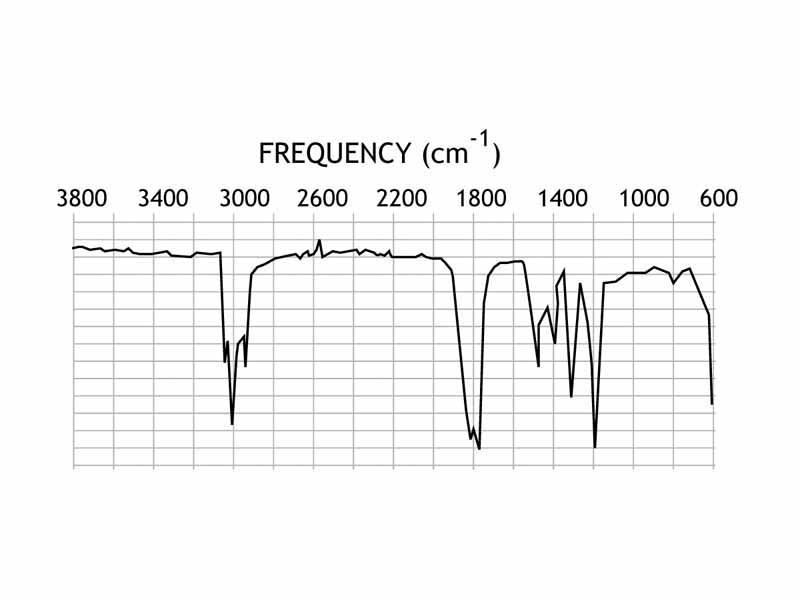Interdisciplinary Note (7 of 11)
Infrared Spectroscopy and Ultraviolet Spectroscopy are based on the absorption of light energy by a chemical substance. NMR spectroscopy also employs absorption of light, radio waves, to accomplish spin flip of nuclei within a substance under the influence of an external magnetic field.
A light particle, or photon, possesses energy related to its frequency by the expression:
E = hf
Frequency is inversely proportional to wavelength, so light with short wavelength has higher frequency. Energy is directly proportional to frequency. High frequency light waves have high energy photons.
Molecules are selective regarding the frequencies they absorb. It is a very important theme to be able to associate the absorption of a particular type light to the particular resonance, or energy change, within the substance that facilitates it, whether its the frequency of gyromagnetic precession of nuclei in NMR that corresponds to radio frequencies or the vibrational modes of bonded atoms along their bond axes in IR spectroscopy. Whether its the energy differences created by the crystal field in a coordination complex, that causes so many coordination complexes to be brightly colored, or the difference between the HOMO (highest occupied molecular orbital) and LUMO (lowest occupied molecular orbital) showing up as an absorbance in UV spectroscopy.
